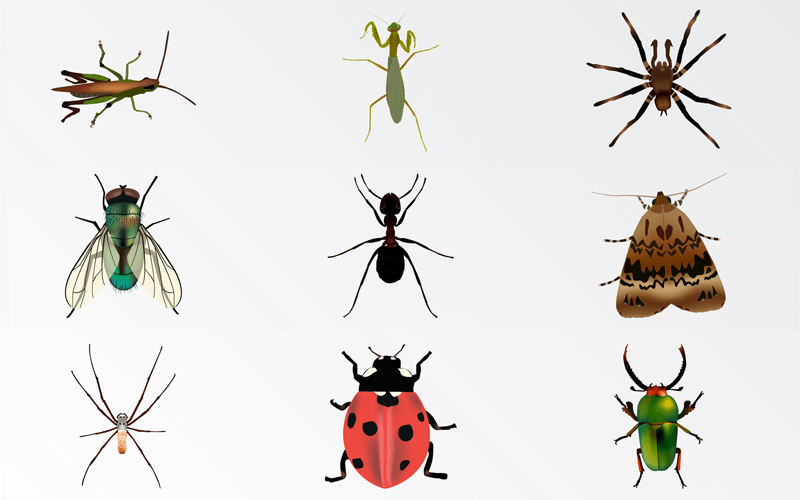Sampling in Germany, Seibold et al. present an interesting and impressive study of arthropods in grassland vegetation and those in flight in forest. However, the remarkable scale of this study can lead to a misunderstanding as to claims that can be made from the observed declines. The evidence for a recent decline in arthropod abundance in Germany is not yet robust.
What has been demonstrated is a decline in the relative activity-abundance of a limited selected set of taxa in a selected period of years. Use of a small number of years to detect trends is statistically problematic, and highly dependent on start and end dates of the time series.
Activity-abundance measures are highly sensitive to environmental variables affecting arthropod activity, including weather and climate. The methods used by Seibold et al. (sweep netting for grassland and flight-interception for forest) do not measure absolute densities and are highly dependent on the movement of arthropods.
Even if a regional decline in invertebrate density is real, the results are not very informative for conservation purposes because they do not identify species quality …. Overgeneralisation from limited sampling could lead to inappropriate policy responses.
Read full, original article: Evidence for recent decline of arthropods in Germany is not yet robust































